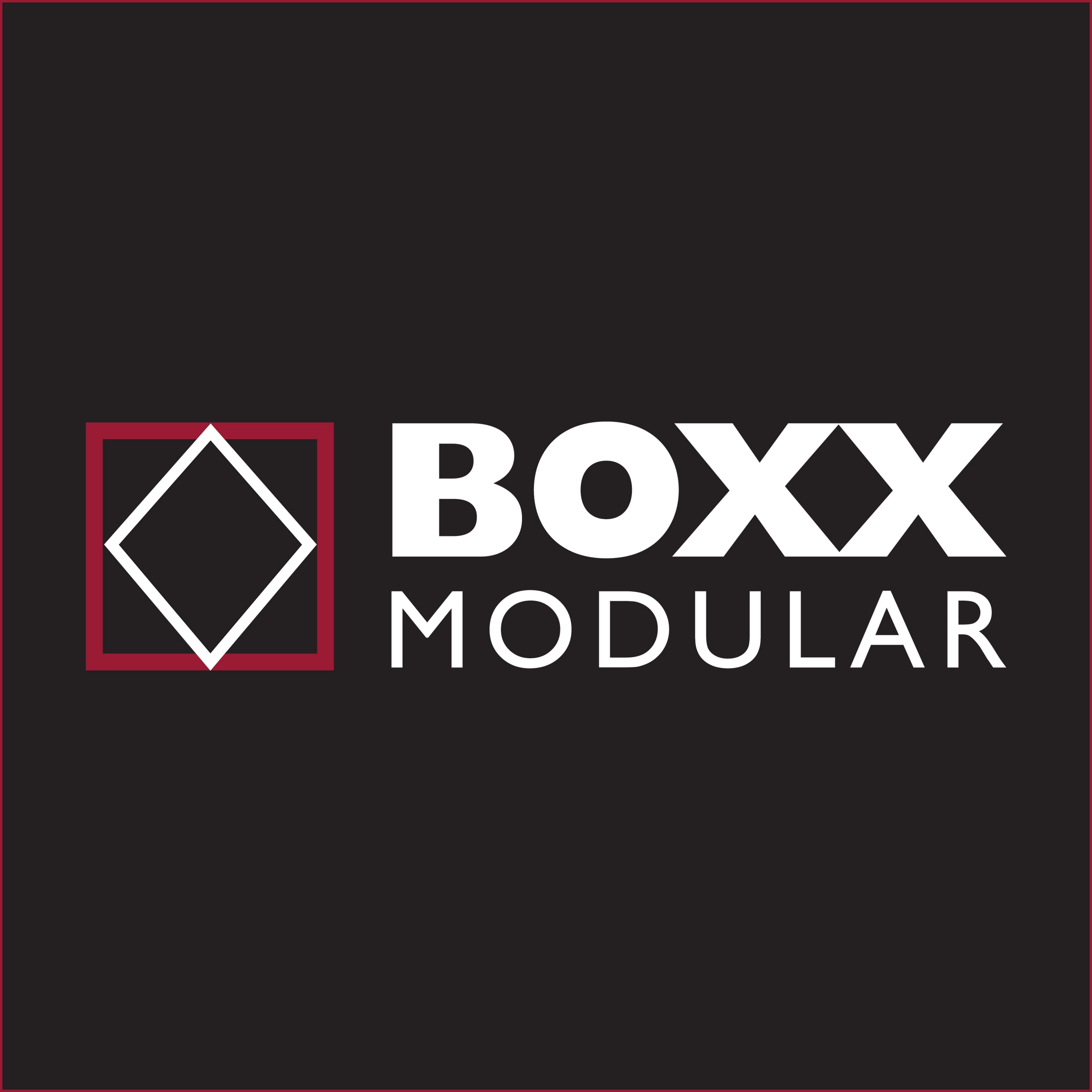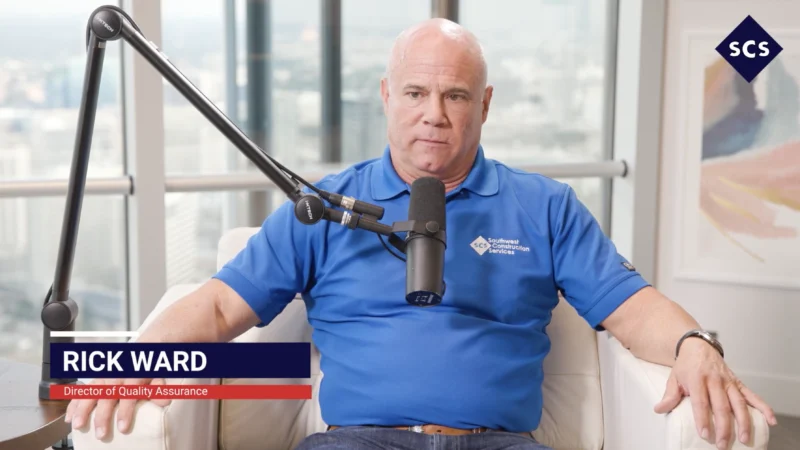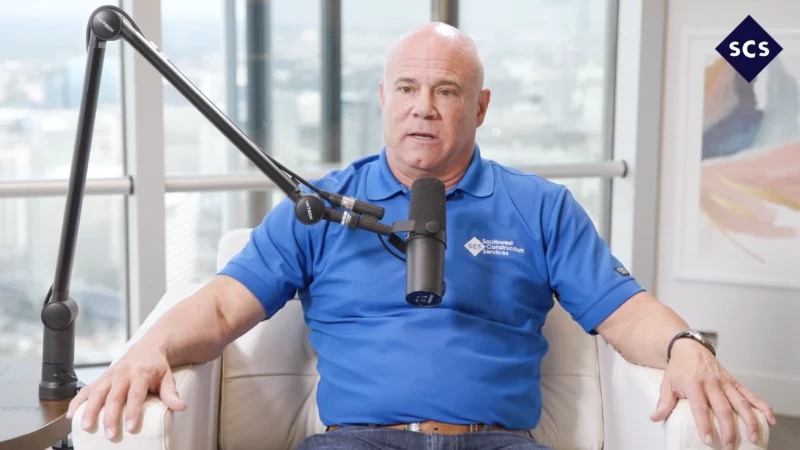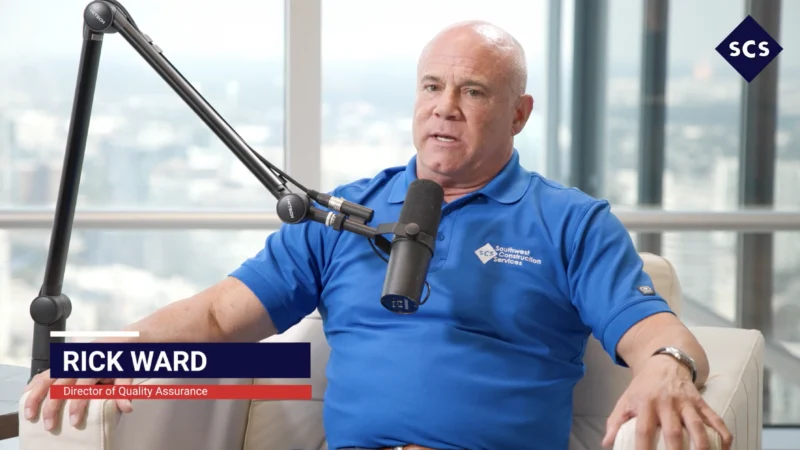Built Modular: Cost Drivers in Modular Building Systems
An August 2019 report from the commercial construction index showed the modular construction industry doubling its growth over the past five years.
Now an $8-billion industry, modular construction is experiencing even more growth with the onset of the pandemic, with the need for health centers to build quick and efficient solutions for emergency treatment facilities and other solutions growing.
What considerations drive the costs associated with these projects, and how do businesses strategize around these costs? Paul Lubertine, Director of Construction & Contract Services for Vanguard Modular Building Systems, provided his insights.
Many of the project inquiries Lubertine said Vanguard’s recently received have been COVID-19-related, including educational systems trying to plan out various overflow and social-distancing scenarios.
“We are getting orders, putting in units, and doing projects now for schools, but it’s early in the process,” Lubertine said.
While education, commercial and industrial office space, and healthcare are industries doing a lot of business with modular construction these days, the cost factors vary.
“Building use, equipment and utilities required to run the equipment within those buildings determine the cost differences of a project,” Lubertine said.
“The cost drivers that affect a project primarily are building size, its application—whether it’s a typical office, or a classroom, or a laboratory, or a medical facility. Building specifications will impact the cost. But these costs can be controlled through offsite design and manufacturing.”
Looking at all of the cost variables, Lubertine pinpointed a building site’s location and condition as the one that loomed the largest over a project.
“Each site is different and has its own set of challenges,” Lubertine said.
Topography, building placement (is it freestanding or connected to another building), and access to utilities all possess varying cost implications.
Follow us on social media for the latest updates in B2B!
Twitter – @MarketScale
Facebook – facebook.com/marketscale
LinkedIn – linkedin.com/company/marketscale




